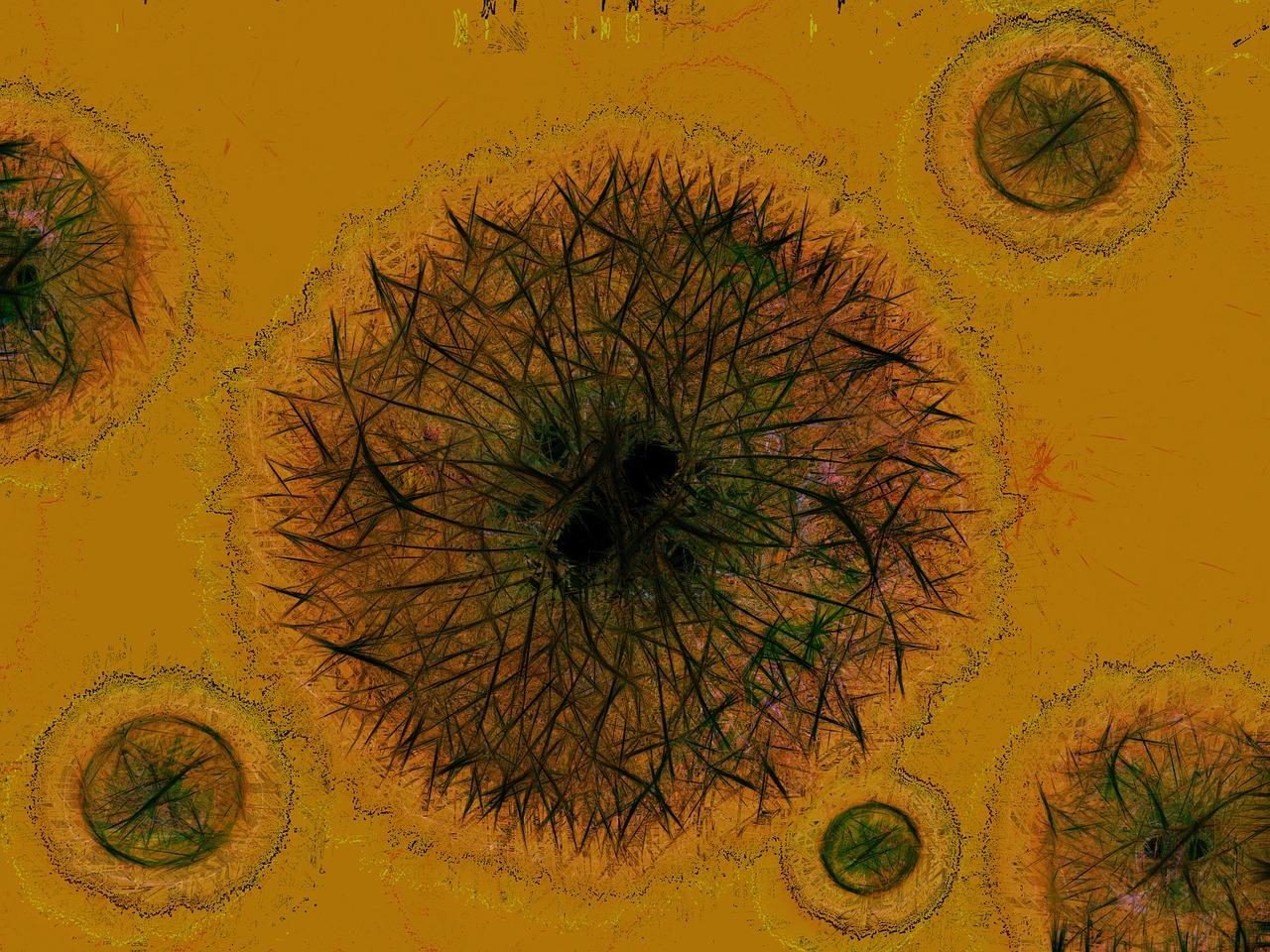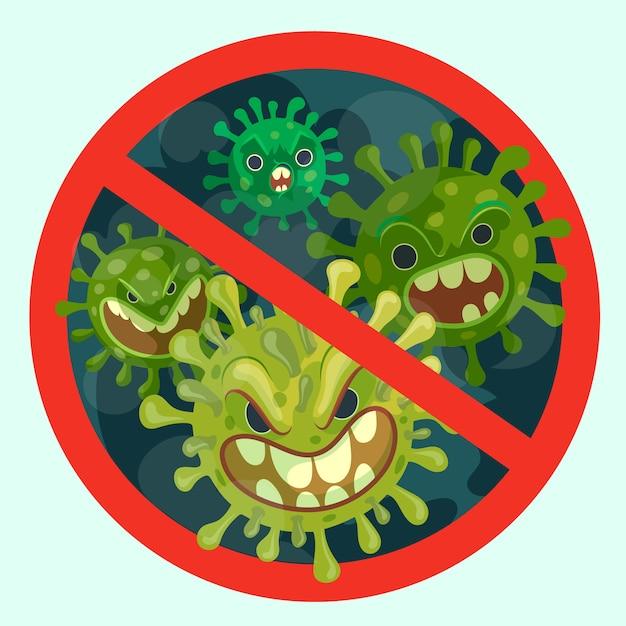Welcome to a new blog post that delves into the fascinating world of germ theory and its profound impact on our understanding of disease. In this age of advanced medical knowledge and breakthroughs, it’s easy to take for granted the existence of microorganisms and their role in causing illness. However, it wasn’t always so clear-cut.
Germ theory, pioneered by the brilliant scientist Robert Koch in the late 19th century, revolutionized the way we view the spread and treatment of diseases. Before this groundbreaking theory, diseases were often thought to be caused by uncontrollable factors, such as “bad air” or supernatural causes. Koch’s work, based on rigorous scientific observation and experimentation, proved that specific microorganisms, or germs, were responsible for many diseases, leading to a paradigm shift in medical understanding.
Join us on this enlightening journey as we explore the impact of the germ theory, its significance in the fight against tuberculosis, and its relevance in the present day. Let’s delve into the fascinating world of microscopic organisms that profoundly shape our health and well-being.

The Impact of Germ Theory: Unmasking the Invisible Culprits
Germ Theory: When a Microscopic World Takes Center Stage
In the late 19th century, the world received a microscopic shock that forever changed our understanding of disease. Germ theory emerged, revealing a hidden universe teeming with tiny organisms capable of wreaking havoc on our well-being. So, what’s the scoop on the impact this theory had on the world? Let’s dive in!
From Ignorance to Enlightenment: A Medical Revolution
Before germ theory burst onto the scene, folks had peculiar beliefs about disease. Some thought it sprouted from “bad air,” while others believed it was divine punishment or inauspicious lunar influences. Well, they weren’t exactly knocking on the right door. But then, along came Louis Pasteur, Robert Koch, and their germ theory brigade, ready to unravel the mysteries that plagued mankind.
Handwashing: A Boring Chore or a Life-Saving Ritual
In the pre-germ theory era, few would bat an eye if a doctor failed to wash their hands. But oh boy, would they raise an eyebrow today! Thanks to those microscopic troublemakers unveiled by germ theory, we now know that proper handwashing can obliterate many villains before they storm our immune system’s gates. So, next time you reach for the soap, feel like the superhero you truly are!
The Rise of Infectious Disease Control: Play it Safe
Disease prevention took a giant leap forward with the arrival of germ theory. Suddenly, doctors and scientists understood that some minuscule creatures could transform innocent sneezes into sinister health threats. In the blink of an eye, quarantine measures, vaccination programs, and sanitary regulations sprouted like daisies in the spring. Who said germs couldn’t bring people together?
Antibiotics: The Magic Bullets That Tamed the Infection Dragons
Before germ theory, doctors fought infections with more hope than certainty. But once they grasped the idea of microscopic offenders, they embarked on a quest for the ultimate weapon. Eventually, in 1928, Sir Alexander Fleming stumbled upon penicillin, the world’s first antibiotic. Suddenly, it wasn’t just knights with shining armor who could defeat infectious dragons. Though, modern-day resistance issues have made this battle a tad more complex.
The Human Microbiome: A Balancing Act for Health
Germ theory not only uncovered the havoc-wreaking pathogens; it also brought to light a delicate symbiotic dance within our bodies. The human microbiome, a bustling mini-ecosystem of bacteria, viruses, and fungi, has a profound effect on our well-being. With a better grasp of germ theory, scientists are unraveling the intricate ways these tiny tenants impact our immune system, mental health, and even weight. Who knew our gut held such power?
Germ Theory: A Paradigm Shift That Keeps Evolving
Since its conception, germ theory has paved the way for extraordinary advancements in medicine and public health. From combating infectious diseases to understanding the delicate balance of our microbiome, we owe a great deal to those brave pioneers who dared to venture into the unseen realms. So let’s raise a glass of hand-sanitizer to the heroes of germ theory and their ongoing quest to keep our invisible adversaries at bay!
That’s it folks! Germ theory blitzed onto the scene, shattered misconceptions, and equipped us with knowledge to handle the microscopic foes. From the significance of handwashing to the marvel of antibiotics, the impact of germ theory continues to shape the world of medicine. So let’s embrace this microscopic revolution and strive for a healthier future!

FAQ: The Impact of the Germ Theory
Did Nicole Kidman do her own singing in Moulin Rouge
No, she didn’t. As much as we all wished Nicole Kidman had the vocal prowess to belt out those incredible tunes in Moulin Rouge, her singing voice was actually dubbed by the talented singer, Kylie Minogue. But hey, at least we got to see Nicole channel her inner cabaret queen through those glamorous dance numbers!
Why is it called Moulin Rouge
The name itself is quite intriguing, isn’t it? Well, “Moulin Rouge” means “Red Windmill” in French. This iconic cabaret got its name from the red windmill that sits atop the building, becoming a symbol of the vibrant and colorful entertainment it offers. So next time you hear someone mention the Moulin Rouge, think of that whimsical red windmill spinning in the Parisian night.
What did Koch prove
Ah, Robert Koch, the man who made groundbreaking discoveries in the field of microbiology! Koch is renowned for proving that specific microorganisms truly cause specific diseases, like the mighty Sherlock Holmes unmasking the culprits of illness. His experiments and research provided the evidence to support the germ theory, forever changing our understanding of infectious diseases.
How long can you live with tuberculosis
Ah, tuberculosis, once a dreaded disease that claimed many lives. Fortunately, with advances in medicine, the prognosis for tuberculosis has significantly improved. If diagnosed early and with proper treatment, most people can successfully recover from tuberculosis within six months to a year. So stay positive, follow the doctor’s orders, and soon enough, you’ll be waving goodbye to those pesky TB bacteria.
What is Satine’s Secret in Moulin Rouge
Oh, the tantalizing secret of Satine, the enchanting courtesan from Moulin Rouge! Without giving too much away, Satine harbored a secret dream of becoming a respected actress in the Parisian theater world. Behind her dazzling facade and seductive allure, she yearned for a life free from the constraints of her Moulin Rouge existence. Guess you’ll have to watch the movie to discover how it all unfolds!
What is Koch’s phenomenon
Koch’s phenomenon, quite the intriguing name, isn’t it? Well, it refers to the visible inflammation or redness that occurs around a tuberculin injection site in individuals with tuberculosis. This phenomenon is a result of the body’s immune response to the tuberculin protein. So if you ever spot some inflammation after a tuberculin test, you can thank Koch for shedding light on this peculiar physiological reaction.
Is there a cure for tuberculosis in 2023
Absolutely! Thanks to the wonders of modern medicine, tuberculosis is no longer the terrifying menace it once was. The disease can be effectively treated and cured with a combination of various antibiotics. However, it’s important to follow the prescribed treatment regimen diligently to ensure complete eradication of the bacteria. So don’t worry, even in the year 2023, we’ve got tuberculosis under control!
What impact did the germ theory have
Ah, the germ theory, a true game-changer in the world of medicine. The germ theory revolutionized our understanding of how diseases spread and led to significant advancements in disease prevention, diagnosis, and treatment. It allowed us to identify specific microbes as the culprits behind various illnesses, paving the way for the development of vaccines, antibiotics, and improved hygiene practices. So in a nutshell, the germ theory has had a profound impact on our ability to combat infectious diseases and protect public health.
What are Koch’s postulates and why are they important
Koch’s postulates, coined by none other than the illustrious Robert Koch himself, are a set of criteria used to establish a correlation between a specific pathogen and a particular disease. These postulates are crucial because they provide a systematic and scientific approach to determine the causative agent of an infectious disease. By fulfilling each postulate, researchers can confidently identify and understand the role of a microorganism in causing the illness. In essence, Koch’s postulates serve as a blueprint for unraveling the mysteries of infectious diseases.
And there you have it, a whirlwind of questions and answers that shed light on the impact of the germ theory. From infectious diseases to intriguing cinematic secrets, we’ve journeyed through a fascinating range of topics. As we continue our quest for knowledge, let’s never forget the groundbreaking discoveries that have paved the way for our understanding of the microscopic world around us. Stay curious, my friends!
Please note that this blog post was generated with the assistance of an AI language model and does not reflect the personal opinions or experiences of an individual.
